It is not every day that a woman travels the world combining education with colorful balloon hats…
Welcome to world-traveling global education teacher and balloon artist, Sara Krakauer!
Teaching Traveling: Sara, tell us about your background.
Sara: First and foremost, I’m a teacher. In the United States, that word alone doesn’t sound so glamorous, so I’m tempted to add something to spice it up and call myself a “global teacher.”
In Nepal, the word for teacher is “lama” which sounds much more important. In fact, Nepalis have great respect for their teachers, and it’s considered a very prestigious job. Despite the lack of prestige in the States, I am committed to staying in the classroom.
My first job out of college brought me to Nepal, and then to Thailand, South Africa, Pakistan, and India. I was a private teacher for an American family that was traveling around the world. I traveled with them and taught their first and fourth grade students.
THIS was a job that sounded very impressive. In fact, when I told people that I was getting paid to travel, they treated me like a celebrity and asked me a million questions. The most common one was how in the world I got this job. Since I just answered an ad in the Boston Globe, it seemed somewhat equivalent to winning the lottery.
In fact, the job was extremely challenging. I was a first year teacher isolated from all resources and mentors. Eventually, I left the job in India when my boss kept changing our itinerary, hours before flights, and expecting me to do anything on his whim.
I stayed a few months and created my own version of the study abroad program that I never did in college. I studied Buddhism by attending the Dalai Lama’s public teachings and then volunteered at a Buddhist School in the lower Himalayas.
I went from staying in fancy hotels to cramped rooms with no running water. I didn’t mind the difficult conditions because I was surrounded by warmth and caring. This experience really made me the teacher I am today.
TT: Astounding global education experience! So, what do you do now?
S: It’s hard to believe it, but this is my 12th year teaching. Trekking through Africa and Asia with a bunch of textbooks made me realize that I wanted community as much as adventure. So, I came home to Massachusetts, where I’m from.
I spent a few years exploring different kinds of schools, and found my way in 2003 to my current job – teaching Social Studies to 5th and 6th graders at a school in the Boston suburbs: Innovation Academy Charter School.
It’s not an expedition-based school like the one that I worked at briefly after my return from my travels, but the school focuses on project-based learning and fits my teaching philosophy very well.
TT: Excellent. Do you still travel during your vacations from teaching?
S: My passion continues to be experiential learning (especially when it involves service and/or learning about other cultures). I use my summers as opportunities to travel and do service learning work.
I’ve spent several summers on personal explorations – Germany, Poland, and Hungary in 2004, Peruvian mountains and jungle in 2005, and British Columbia in 2010.
I’ve also spent several summers creating my own professional development or service-learning experiences. In 2006, I studied Spanish and volunteered through a language school in Panajachel, Guatemala. The school took care of all of the logistics for me, all for $150 a week. In 2007, I organized my own volunteer opportunity in Mali, in West Africa.
I connected directly with an organization that does alternative education work, and stayed with the family who runs the non-profit in exchange for work with their students and teachers. In 2011, I went on a study tour to Southern Africa with GEEO, exploring South Africa, Botswana, Zimbabwe, and Mozambique with a group of teachers.
Since I started doing these trips, I developed a side career as a balloon artist, and so, in addition to sharing other talents, I also give artistically. My website, www.globetwisting.com, highlights this aspect of my work and answers the question, “What happens when a world geography teacher becomes a balloon artist?”
Finally, I’ve spent a few summers and other breaks leading programs for high school students to engage with the community and do service-learning themselves. In 2008 and 2009, I led programs in San Francisco and Chicago with an amazing organization called the Civic Education Project.
It’s an amazing program that really opens up students’ eyes to the realities of our world and how they can contribute. This coming summer, I am thrilled that I will be working with Global Leadership Adventures as a staff person on their China programs.
TT: You’ve done a LOT of travel! How do you fund all of this?
It’s been different for each trip. I definitely save up by having a frugal lifestyle. I live in a co-op and carpool to work, for example. I do these things because I love doing them, but the side benefit is saving me more money for travel.
I’ve also found ways to make travel cheaper through volunteering and working. For example, in Mali, I got free room and board in exchange for my work with the organization. And I’ll be working in China this summer, mentoring high school students as they experience that culture for the first time.
Making travel a part of my life is essential to my own learning, so I just make it work however I can. In addition to doing what I love, when I volunteer or work abroad, I get to share my passions with young people.
TT: So, this is why you call yourself a “global teacher?”
S: Yes, I like to think of myself as a “globe trotter” of sorts, and a “globe twister” because I bring balloons everywhere I go. It’s a great way to connect across cultural and language barriers.
More recently, I’ve been more seriously thinking about how to use my travel experience to enhance my teaching. Actually, I am writing this from Ukraine, where I am participating in a fellowship called Teachers for Global Classrooms.
The program is sponsored by the federal government and a non-profit called IREX. I applied last spring and here I am in Ukraine now! The program is so much more than just travel though. I’m part of a cohort of 68 teachers from across the country and we are studying this idea of global education.
We participated in an online course in the fall, and then attended a symposium in Washington D.C. where we met in person. The whole program is fully funded, and they even flew our administrators down to D.C. to support the work that we are doing. The goal is to be leaders in our schools so that we teach about the importance of building global competencies in our students.
Before I did this program, I didn’t even know what global competencies are! Now, I am learning about how important it is to prepare students to operate on a global stage. In order to be successful in the 21st century, students today need skills that weren’t as important for adults who are living today.
Cultural sensitivity, use of technology, and flexible thinking are more important than ever because of the world we live in and how it is changing so rapidly.
TT: What are you doing in Ukraine with Teachers for Global Classrooms?
S: The Teachers for Global Classrooms program is sending teachers all over – to Morocco, India, Ghana, Indonesia, Brazil, and Ukraine. My cohort of 11 teachers just finished intensive training in Kyiv, where we met with teachers, U.S. embassy leaders, administrators, and more. Now, we are spending a week at schools all over the country, working in pairs. I am in a city called Zaporizha, where I’m visiting a classical lyceum. At this school, every student studies music as part of their program.
Even more important than what I learn is how I bring this work back to my school. I used to just travel and then do a presentation here or there about my experience. I’ve recently been working on further integrating my experiences into my classroom work, and helping students to have connections even if they can’t leave the classroom.
TT: How do you bring your travels into the classroom?
S: In my Social Studies class, students have always learned about different countries around the world, but this year they sent penpal letters through email. We’ve always talked about the idea of global citizenship, but this year, each class designed their own project to actively work towards a better global community.
One class made a peace rock garden for our school. Another class chose to make a video to educate people about child labor. You can read about their project on my global citizenship website, Innovation on Earth. I’m using this site to blog from Ukraine, and will also write from Turkey and China in the coming weeks.
In this way, my trip is not just for me, but also for my students. I’m videotaping what I see and posting the videos every day, and some posts even have questions for my students back home. Through the site, they are interacting with students in other countries as I travel.
Another way to connect students across distance is sharing teen writing mentor texts like those at that link.
TT: What advice do you have for other teachers who are dreaming of travel?
S: The most important thing is not to let anything hold you back – money is a challenge, but I think that fear is often even more powerful. If you do your research, there are so many resources out there to help teachers travel, and there’s a community of people who would be thrilled to help you out.
I would also suggest thinking ahead of time about what you want to get out of the experience. A lot of times, people just go abroad wanting to learn. Your trip can be even more valuable if you keep an open mind but focus your thinking on particular questions that you want to answer.
Also, talk to people who have been places that you want to go, and follow in their footsteps. If the world is our classroom, we need to figure out the best ways to learn in it.
TT: Thanks, Sara! Readers, what questions or comments do you have for this amazing global education teacher and ballon artist?
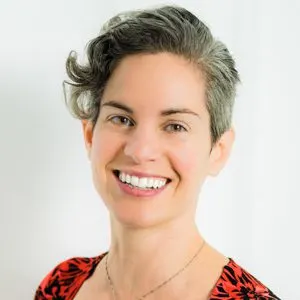
The author, Lillie Marshall, is a 6-foot-tall National Board Certified Teacher of English from Boston who has been a public school educator since 2003. She launched TeachingTraveling.com in 2010 to share expert global education resources, and over 1.6 million readers have visited over the past decade. Lillie also runs AroundTheWorld L.com Travel and Life Blog, and DrawingsOf.com for educational art. Do stay in touch via subscribing to her monthly newsletter, and following @WorldLillie on social media!
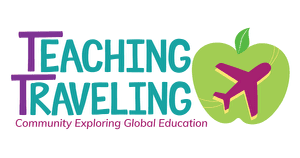
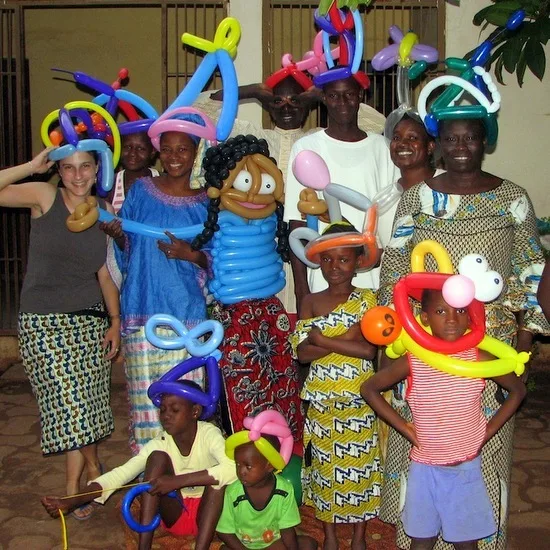
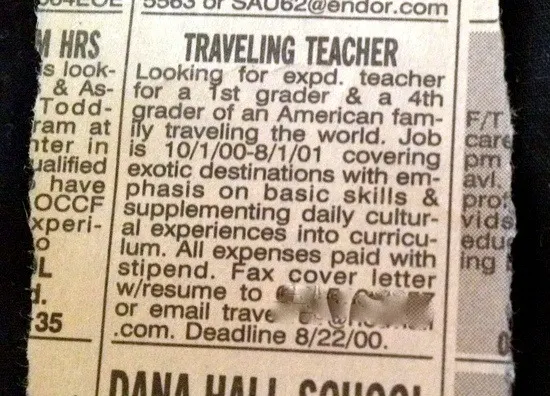
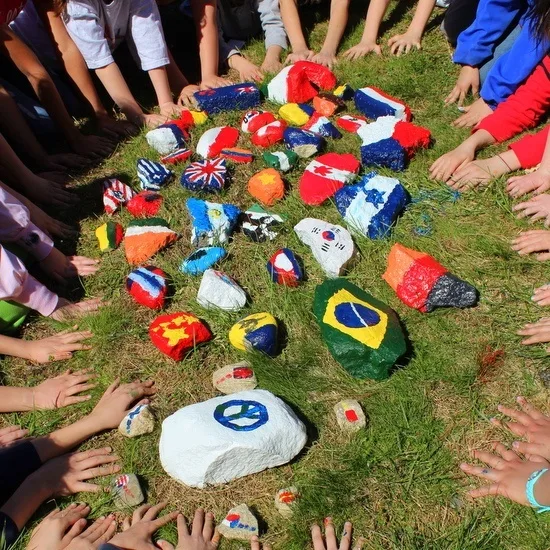
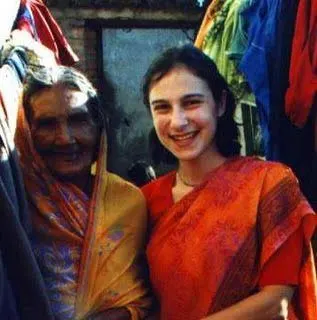
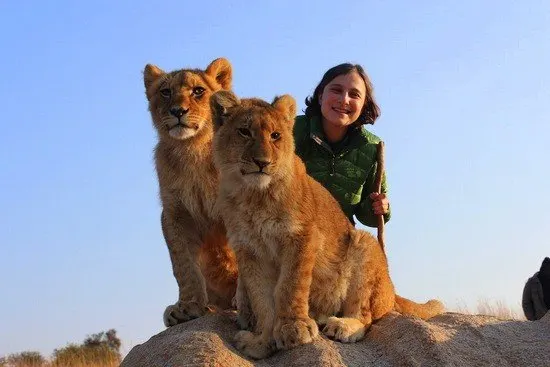


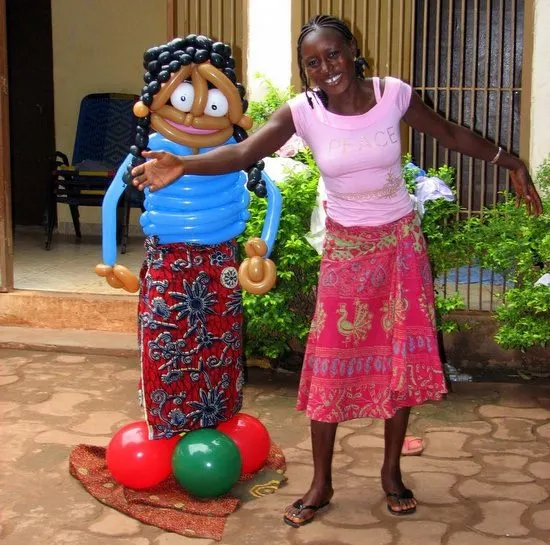

Edith
Monday 30th of April 2012
if you like this check out innovationonearth.com
Jesse Weisz
Monday 30th of April 2012
Wonderful post Sara! It was great reading about how you have managed to blend travel and teaching. It's what GEEO strives to do and hopefully your story will inspire other educators to follow in your footsteps. If anyone is interested in our programs, feel free to contact me at 1-877-600-0105. -Jesse, Executive Director of GEEO
mamawolfe
Sunday 29th of April 2012
Great post! Sara, your lifestyle is envious! I loved hearing all about what you did prior to the TGC program, and enjoy seeing your blog...I'm looking forward to my TGC trip to Indonesia in July, and hope to take some of your words of wisdom with me!
Sara
Monday 30th of April 2012
Thanks! I can't wait to hear about your trip as well!